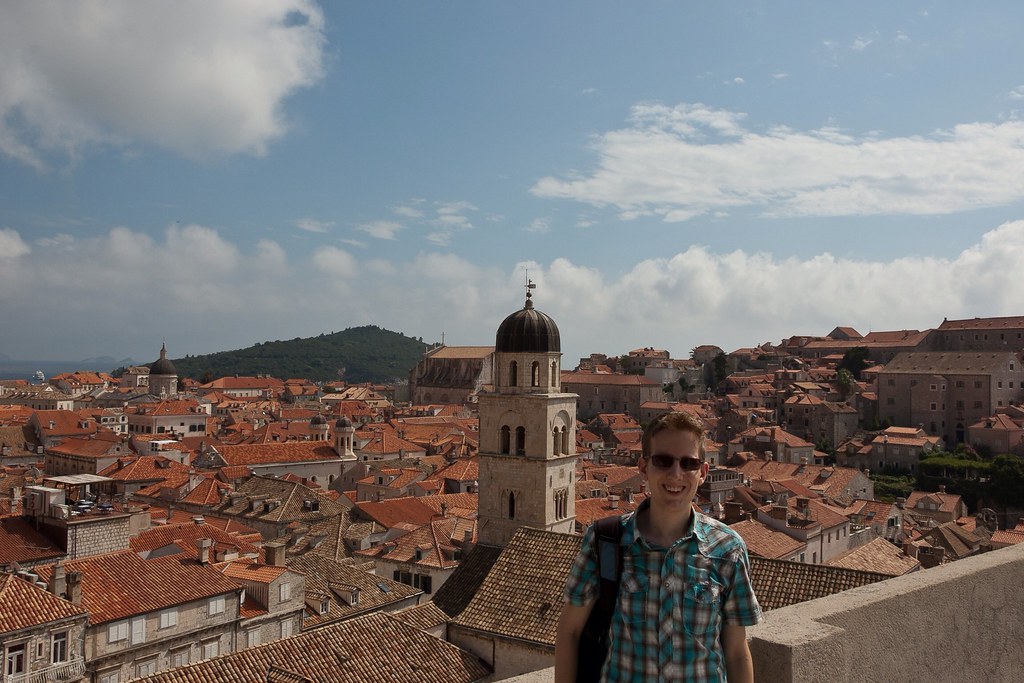
Above: Standing on the city walls of Dubrovnik.
Croatia can be found at the crossroads of Central Europe, the Balkans, and the Mediterranean. Covering just over 20,000 square miles with more than a thousand islands off its Adriatic Sea coast, it has diverse, mostly continental and Mediterranean climates. The country's population is 4.29 million, most of whom are Croats, with the most common religion being Roman Catholicism.
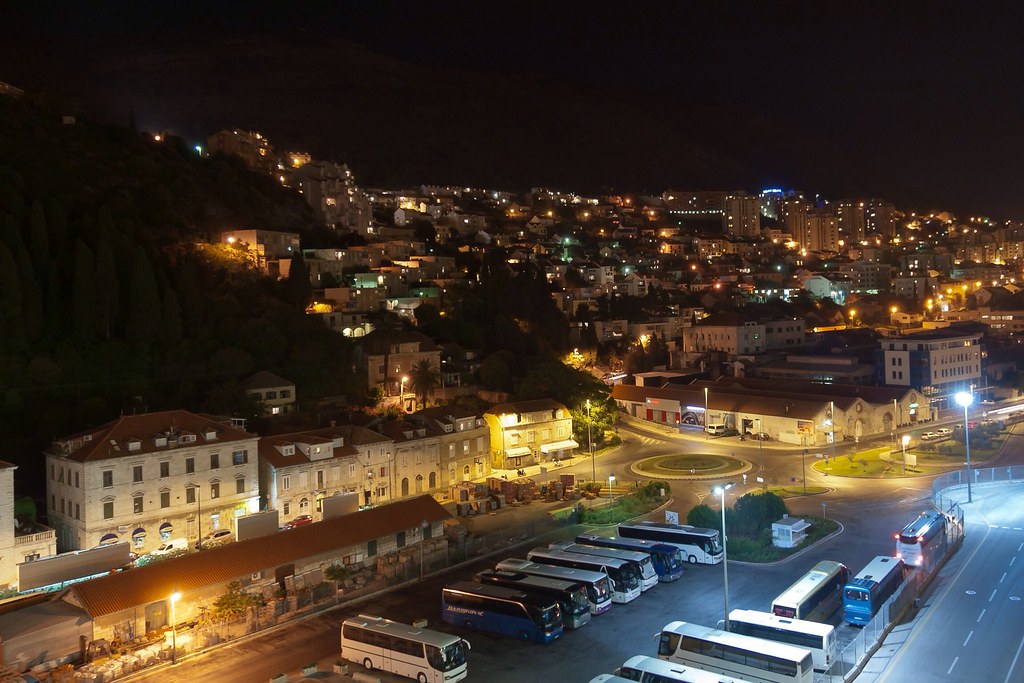
Above: A night time shot from the Ryndam, docked in the next town along from Dubrovnik.
In the early 7th century the Croats arrived in the area of present-day Croatia. Tomislav became the first king by 925 AD, elevating Croatia to the status of a kingdom. The Kingdom of Croatia retained its sovereignty for nearly two centuries, before entering into a personal union with Hungary in 1102.
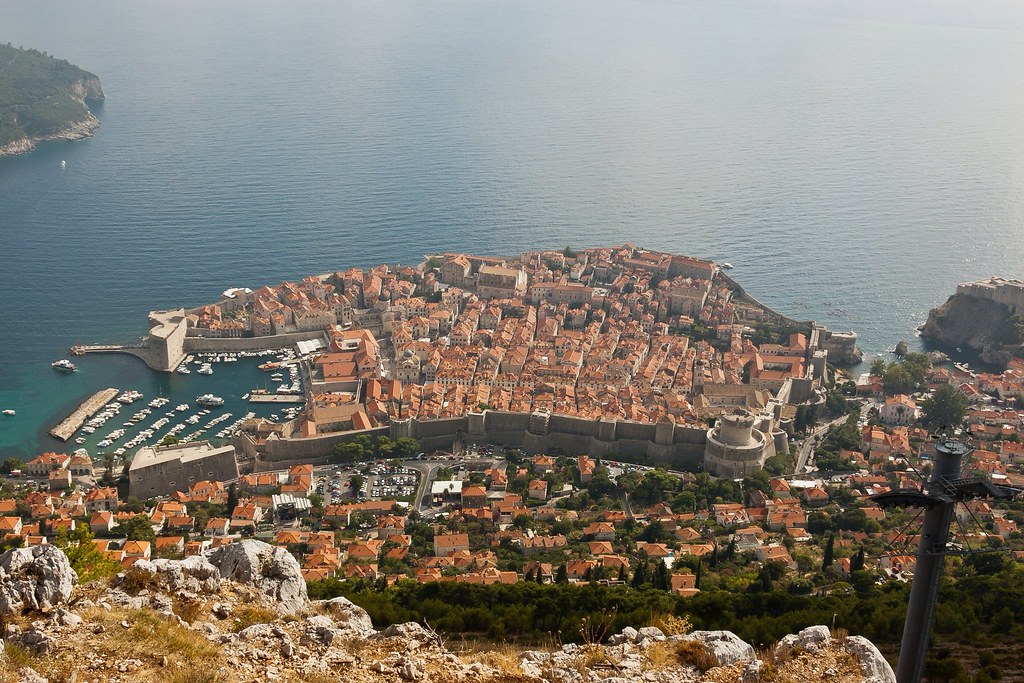
Above: Looking down on Dubrovnik from on high. You can clearly see the city walls.
In 1918, after World War I, Croatia was included in the short-lived State of Slovenes, Croats, and Serbs which seceded from Austria–Hungary and merged into the Kingdom of Yugoslavia. A fascist Croatian puppet state existed during World War II. After the war, Croatia became a founding member and a federal constituent of Second Yugoslavia, a socialist state. In June 1991, Croatia declared independence, which came into effect on 8 October of the same year.
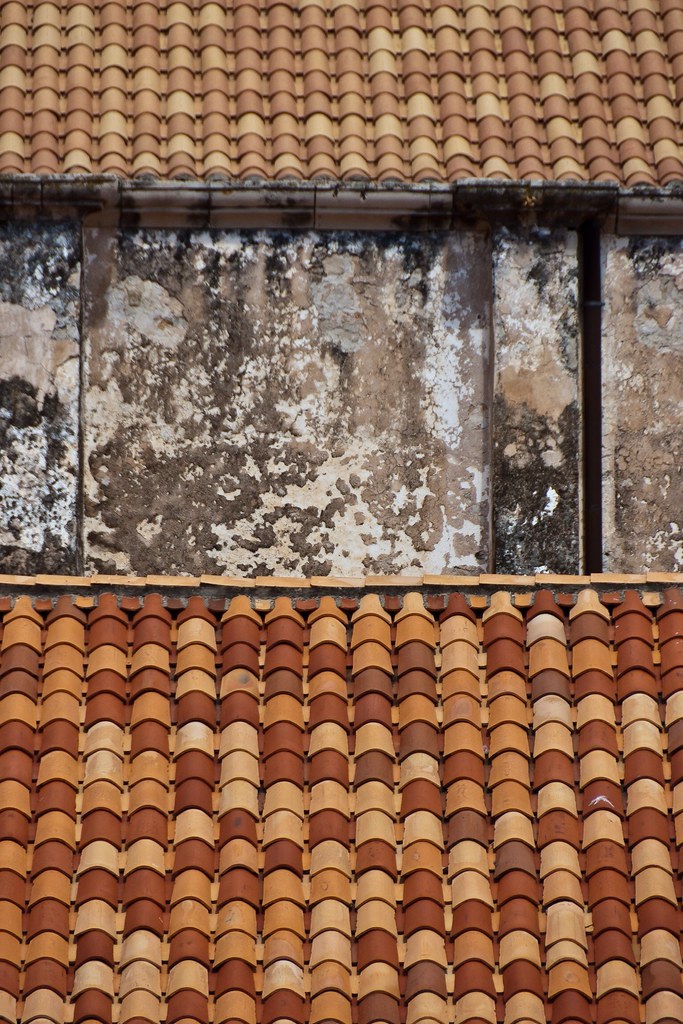
Above: The famous red tiles of Dubrovnik.
In 1991, after the breakup of Yugoslavia, Dubrovnik was besieged by Serb-Montenegrin forces for 7 months and received significant shelling damage. The regime in Montenegro which was installed by and loyal to the Serbian government led by Slobodan Miloševic, declared that Dubrovnik would not be permitted to remain in Croatia because they claimed it was historically part of Montenegro.
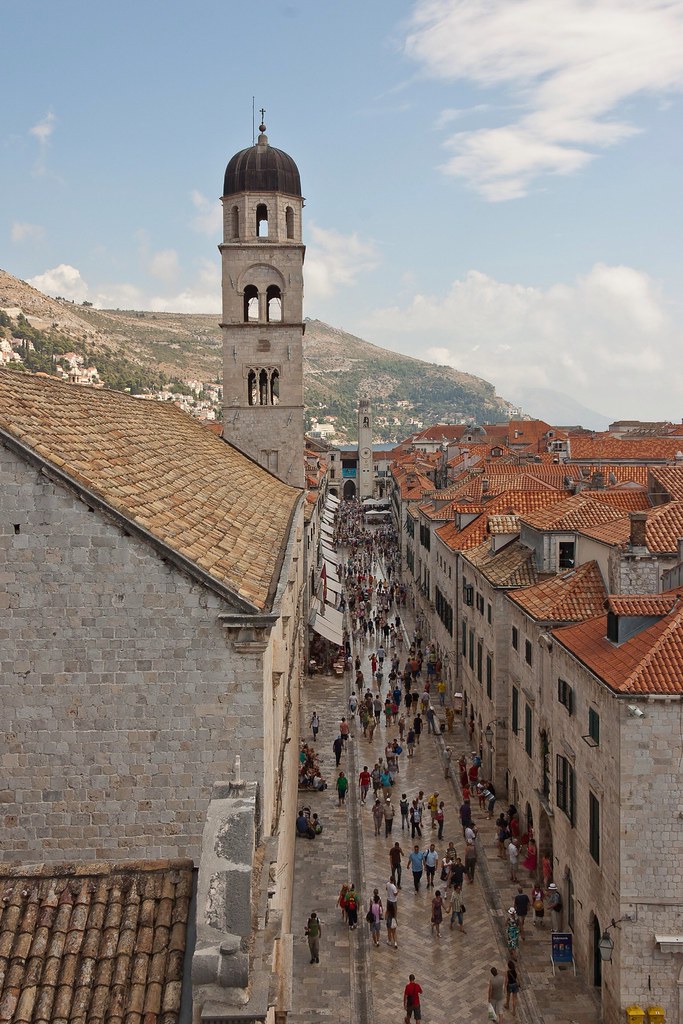
Above: Stradun, Dubrovnik's main street.
The heaviest artillery attack was on December 6 1991 with 19 people killed and 60 wounded. The historic walled city sustained 650 hits by artillery rounds, damaging 56% of its buildings. In May 1992 the Croatian Army lifted the siege and liberated Dubrovnik's surroundings, but the danger of sudden attacks by the Serb-Montenegrin forces lasted for another three years.
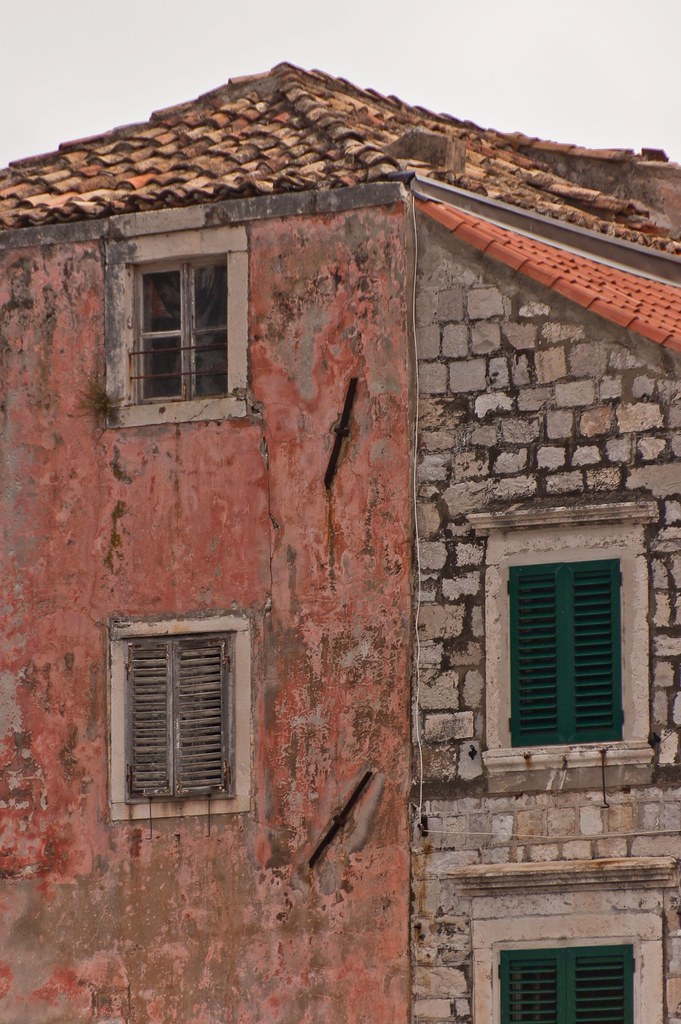
Above: Weathered walls and facades make for interesting photos.
Following the end of the war, damage caused by the shelling of the town was repaired. Adhering to UNESCO guidelines, repairs were performed in the original style. Today, nearly all of the damage has been repaired.
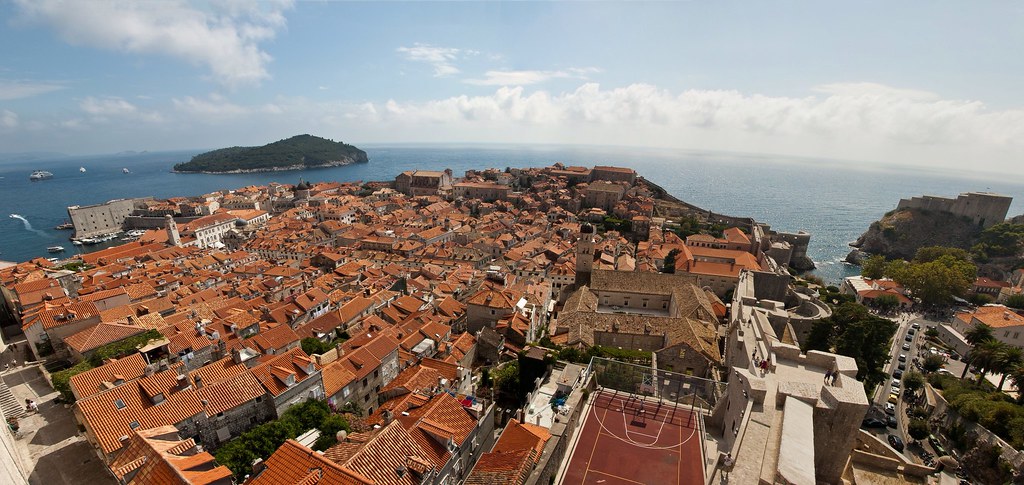
Above: A panoramic shot overlooking the city from the tallest tower of the city wall at Fort Minceta.
The prosperity of the city of Dubrovnik has always been based on maritime trade. In the Middle Ages it became the only eastern Adriatic city-state to rival Venice. Supported by its wealth and skilled diplomacy, the city achieved a high level of development, particularly during the 15th and 16th centuries.
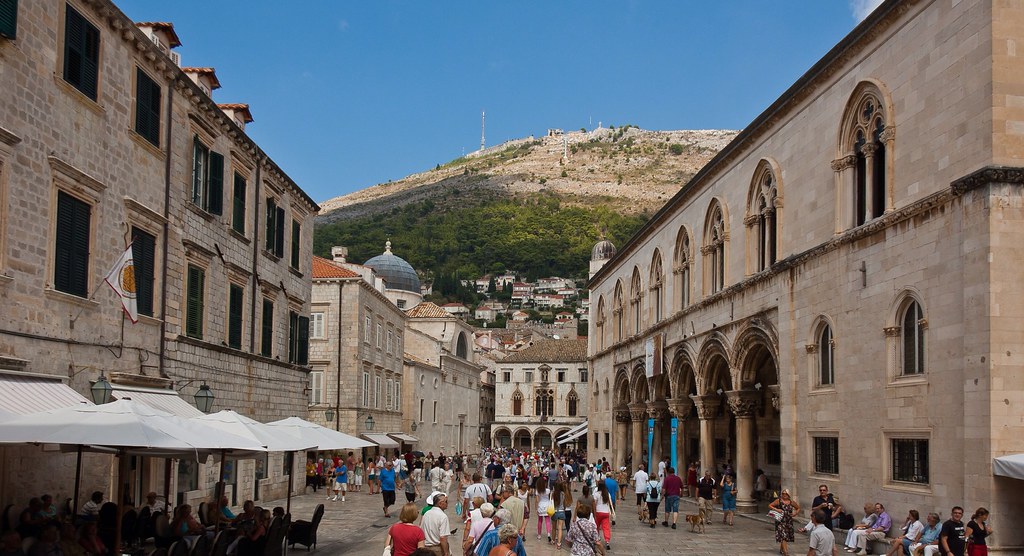
Above: Another street, with the Sponza Palace in the distance (centre) and the Rectors Palace to the right.
Few of Dubrovnik's Renaissance buildings survived a catastrophic earthquake in 1667 which killed 5,000 citizens and levelled most of the public buildings. Fortunately however, enough remain to give an idea of the city's architectural heritage. The finest Renaissance highlight is the Sponza Palace which dates from the 16th century and is currently used to house the National Archives.
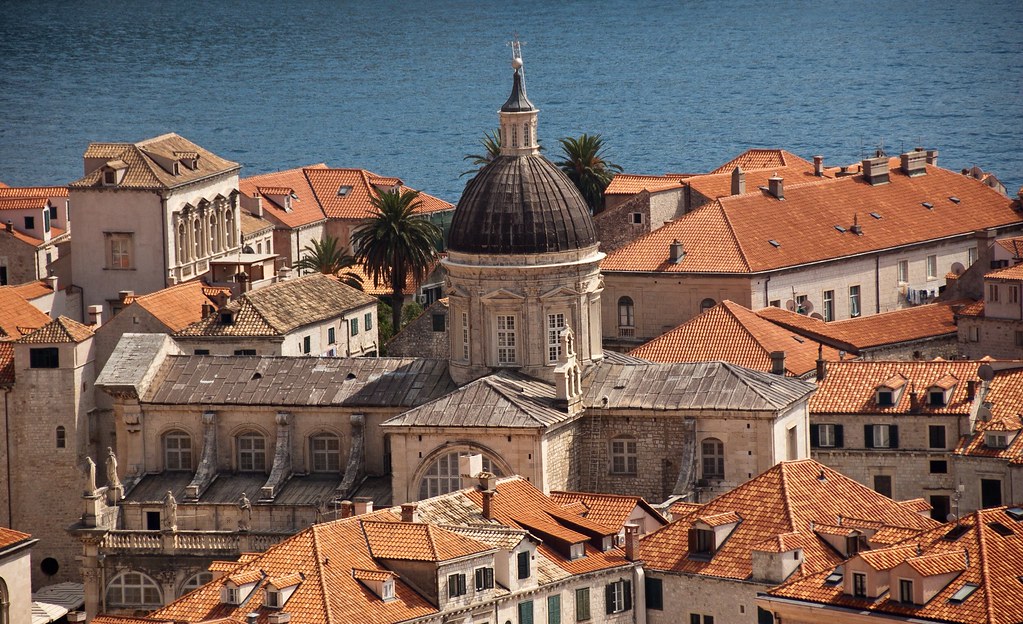
Above: Dubrovnik's baroque Cathedral, built in the 18th century.
Other structures of interest include the Rectors Palace (a Gothic-Renaissance structure), the Orthodox Church, the Franciscan Monastery (with a library of 30,000 volumes and 1,500 valuable handwritten documents) and the St. Saviour Church (see below).
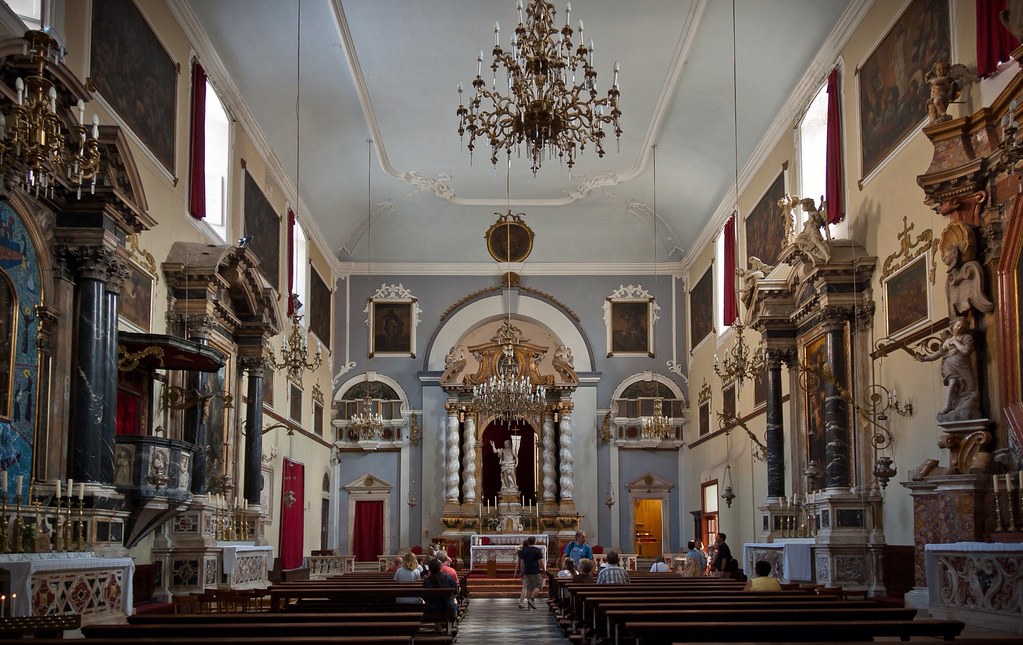
Above: Inside St. Saviour's Church.
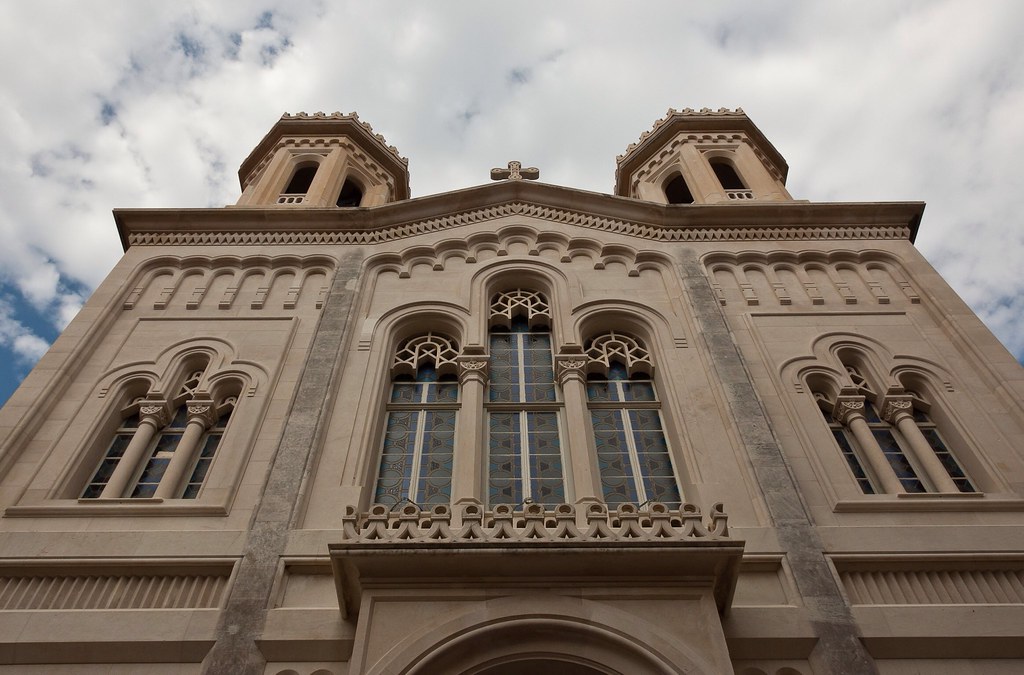
Above: The Orthodox Church of Dubrovnik.
The most famous statue in the city is the Orlando statue which was used as a symbol of a city under protection of the Hungarian-Croatian King. At the time it was common for the distant cities of the Hanseatic League to erect similar stone statues symbolizing the alliance and protection with the Hungarian-Croatian kingdom. Orlando's statue is the work of the local sculptor Antun Dubrovcanin and master sculptor Bonino di Milano from 1418.
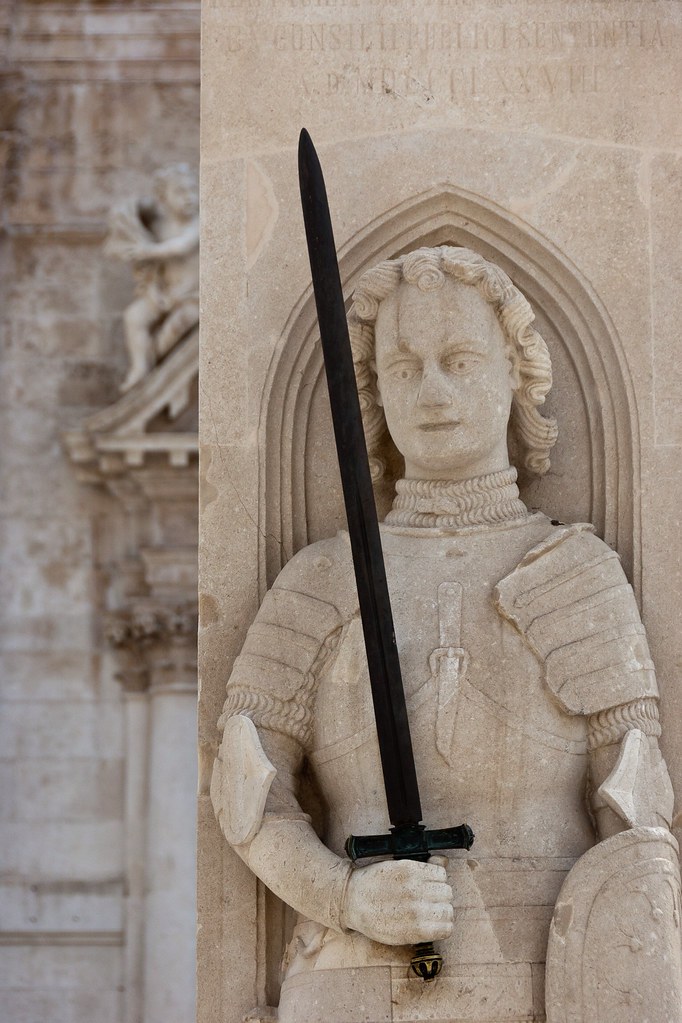
Above: The Orlando statue.
A feature of Dubrovnik is its walls that run almost 2 km around the city. The walls run from four to six metres thick on the landward side but are much thinner on the seaward side. The system of turrets and towers were intended to protect the vulnerable city.

Above: The city walls to the right with Fort Lovrijenac to the left.
As well as exploring the city I also rode the cable car to the top of the surrounding hills. Not only did this afford a great view of the city, but I was also wowed by the huge mountain range behind the cable car station which is not visible from ground level:

Above: The mountain range!
I'll leave you with a final panoramic shot of Dubrovnik and its surroundings, taken from the cable car station. This was one of my favourite Mediterranean ports, and I would highly recommend taking a trip if you can. The town was very busy with tourists but there are always quieter side streets and alleys to explore!
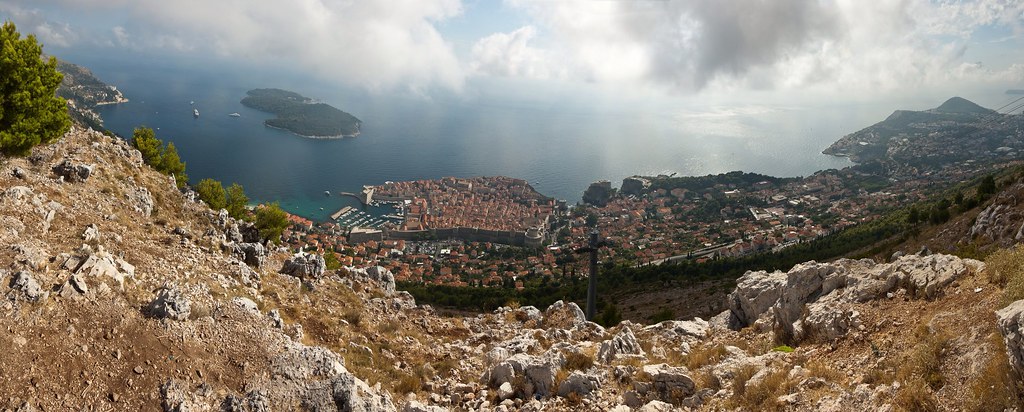

Greats shots peter,always wanted to go to Dubrovnik but never made it.Loved the shots of the City walls the main shopping street and of course the weathered coloured walls lovely contrast..W"ell done..and I look forward to the "Careering Bike" Video..See you soon..Ted {:o)
ReplyDeleteThe photo you have labeled Saint Savior church is incorrect, it is the interior of the Franciscan Monastery.
ReplyDelete